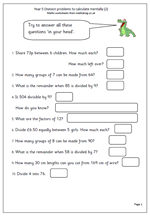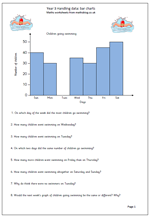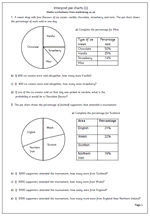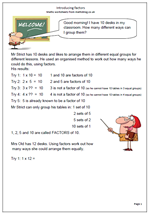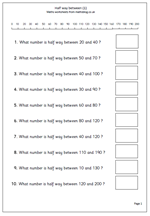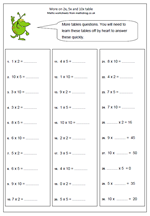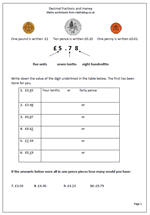
As we move towards Easter it is always fun to have some maths linked to the time of year.
There are several important aspects to this page. Firstly the axes are numbered rather than the spaces. This is an important step as the conventions of using co-ordinates come into play. It is important to show how co-ordinates are written:
e.g. (3, 1)
Brackets are always placed around the co-ordinates, with the numbers separated by a comma. The position (3, 1) means 3 along and 1 up, which in this case takes you to the pink rabbit (and not the rabbit holding the basket of eggs).
The grid can be used for further work: e.g.
1.ask how you can move along the lines to go from one point to another (2 along and 1 up)
2. Draw more features at the points and ask where they are positioned.
3. Ask child to draw an egg at a certain point etc.
This can be found in the Year 4 Shape category.
Thanks to urbrainy.com for allowing me to use it.
Easter coordinates
